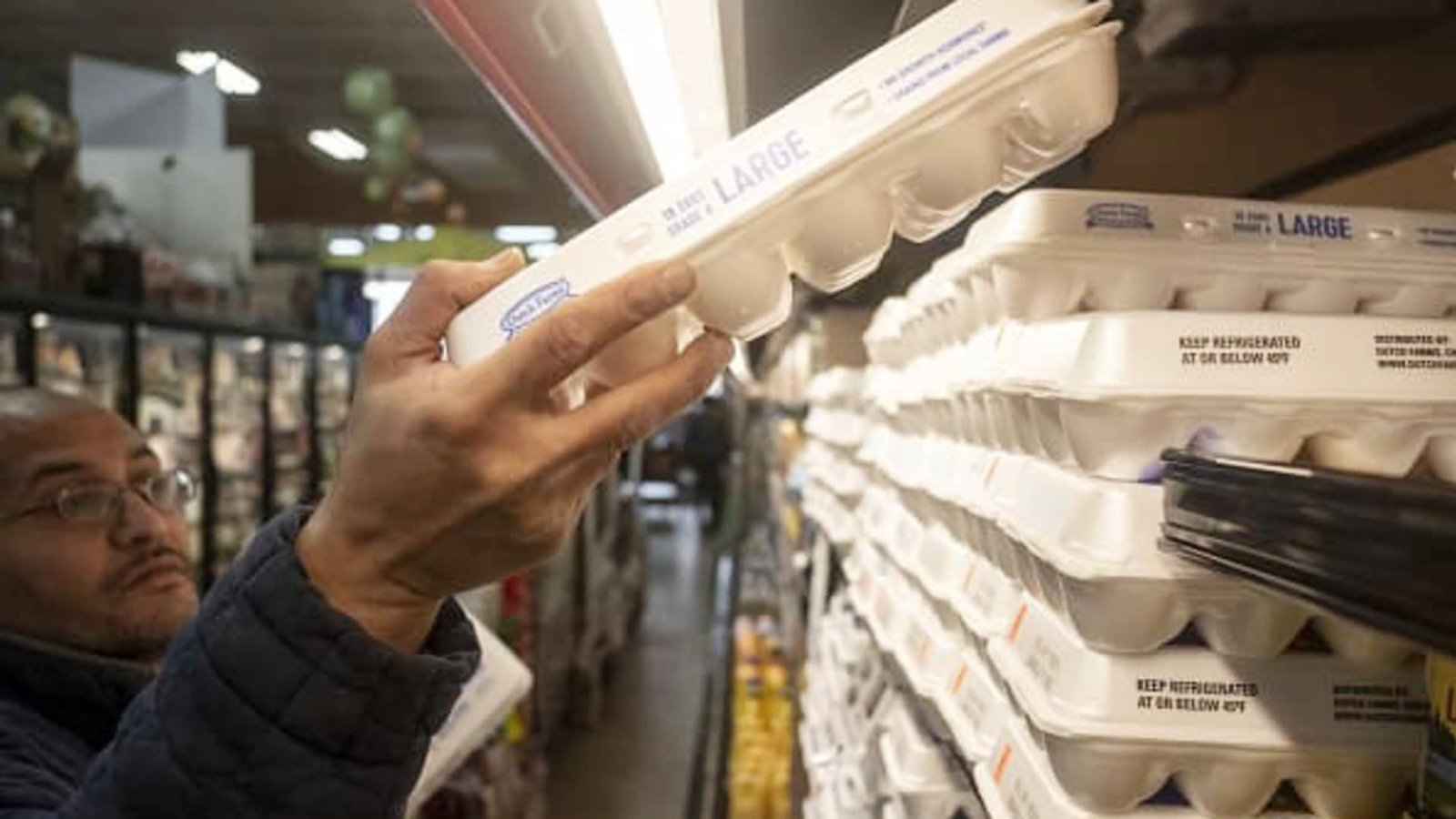In July, inflation increased as anticipated, primarily due to higher housing-related expenses, according to a report from the Labor Department on Wednesday. This development is likely to maintain the possibility of an interest rate reduction in September.
The consumer price index, which measures prices for goods and services broadly, rose by 0.2% for the month, resulting in a 2.9% inflation rate over the past 12 months. Economists surveyed by Dow Jones had expected figures of 0.2% and 3%, respectively.
Excluding food and energy, the core CPI showed a 0.2% monthly increase and a 3.2% annual rate, meeting predictions. The annual rate is the lowest since March 2021, while the core rate is the lowest since April 2021, as per the Bureau of Labor Statistics report. Headline inflation stood at 3% in June.
The increase in shelter costs by 0.4% accounted for 90% of the overall inflation rise. Food prices went up by 0.2%, while energy costs remained unchanged. Following the report, stock market futures showed a slight negative trend, while Treasury yields mostly increased.
Although food inflation was modest for the month, certain categories experienced notable increases, such as a 5.5% rise in egg prices. Conversely, cereals and bakery items decreased by 0.5%, and dairy products fell by 0.2%.
Inflation figures have been gradually approaching the central bank’s 2% target. A report from the Labor Department on Tuesday indicated that producer prices, a gauge for wholesale inflation, only rose by 0.1% in July and increased by 2.2% year over year.
Federal Reserve officials have expressed a willingness to ease monetary policy, without committing to a specific timeline or the pace of potential rate cuts. Current futures market pricing suggests a slightly higher probability of a 0.25 percentage point reduction at the Fed’s upcoming meeting on September 17-18, with expectations of further cuts by the end of 2024.
Seema Shah, chief global strategist at Principal Asset Management, stated that the latest CPI data removes any remaining obstacles to initiating rate cuts in September. However, she also noted that the numbers indicate limited urgency for a 0.50 percentage point cut.
As inflation has moderated, concerns about a weakening labor market have increased the likelihood of the Fed implementing rate cuts for the first time since the early stages of the Covid crisis. Liz Ann Sonders, chief investment strategist at Charles Schwab, highlighted the persistent challenges in certain areas despite the overall decline in inflation.
The report revealed mixed trends, with automotive prices continuing to drop, while auto insurance costs rose. The housing component, a significant part of the index, saw an increase in rental prices, defying expectations of a decrease in housing-related expenses.
Conversely, some categories experienced deflation, including medical care services, apparel, and core commodity prices, indicating varied trends in different sectors.




